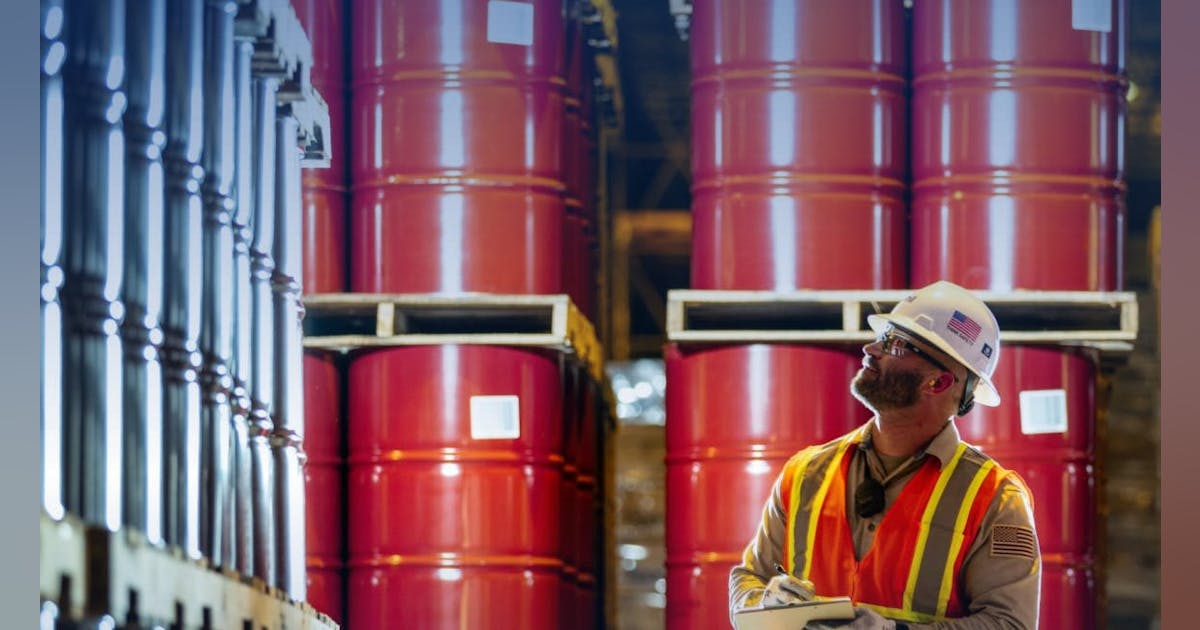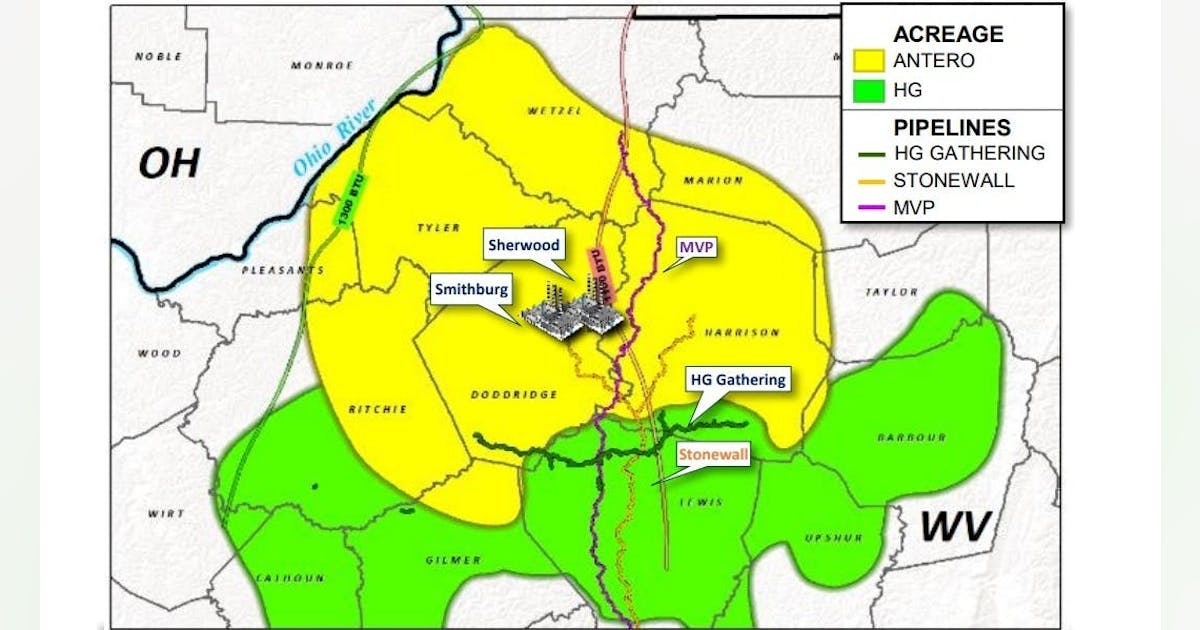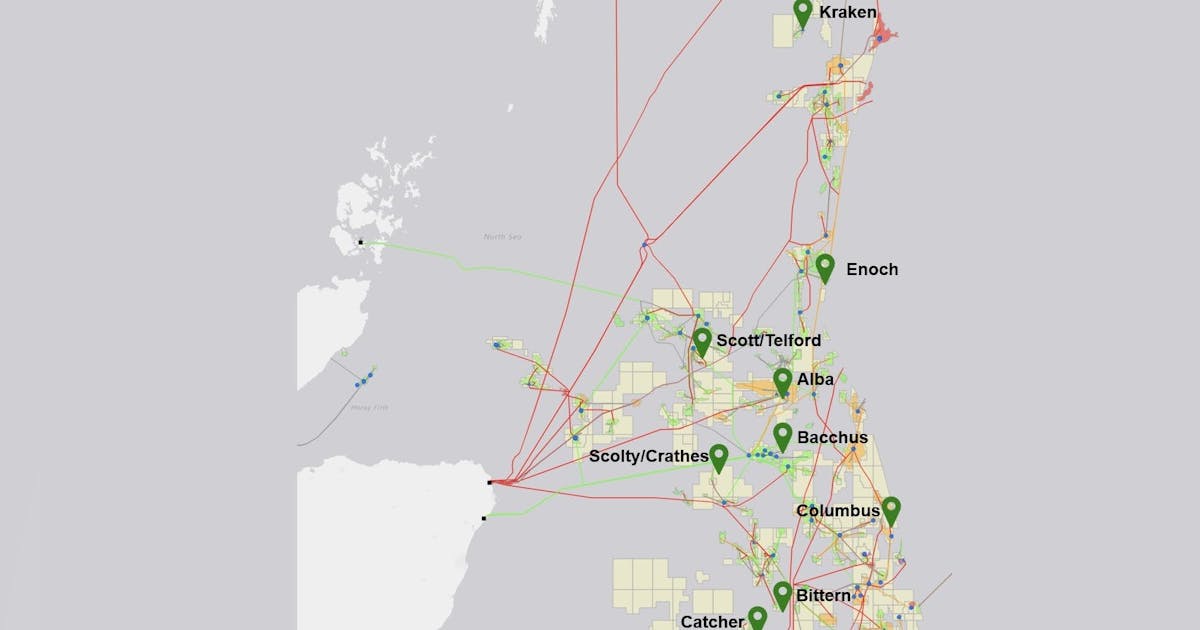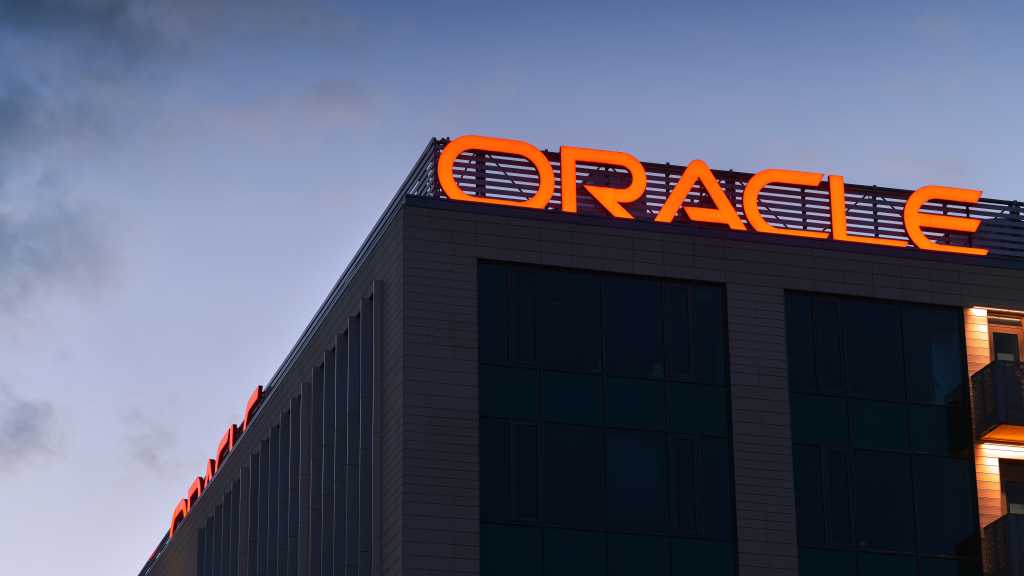Aberdeen-headquartered OSSO is looking to consolidate its growth in geothermal energy after a “milestone” year its revenues increase by 50%.
The fluid temperature control and separation solutions firm also saw its headcount double in 2024.
It comes as OSSO looks to continue its recruitment efforts in 2025 amid further expansion in Europe and the Middle East.
Speaking to Energy Voice, OSSO chief executive James Scullion said the “positive” results stem from a strategic plan established three years ago to move beyond its core oil and gas drilling market.
Alongside geothermal energy and pursuing an expanded presence in the Middle East, Scullion said OSSO is also targeting the municipal construction and water sectors.
Since 2023, OSSO has invested £5 million into fleet expansion in an effort to capitalise on “strong demand” from its strategic pivot into new markets.
“Now we’ve diversified between upstream, midstream and downstream as well as into our other offerings that we now have,” Scullion said.
“There’s been there’s been a good wind behind us as well, but it’s all based on good planning too.”
OSSO, previously known as Centrifuges Unlimited, was acquired in 2020 by Linton Investments, the family office which benefited from the £320million sale the Kintore-based supply chain giant Ferguson Group in 2014.
Geothermal expansion
The company’s construction unit has scaled rapidly, with its fleet growing more than fivefold, and is on track to double its revenues by the end of the financial year.
Meanwhile, in 2024 OSSO’s geothermal business secured three contracts in Europe representing a combined seven-figure sum.
Scullion said OSSO identified geothermal as an opportunity as diversifying from the mature North Sea basin “was an absolute must”.
 © Supplied by Expro
© Supplied by ExproScullion said tackling European geothermal projects was a “logical” way to build on its oil and gas experience to assist in the energy transition.
Scullion expects geothermal to continue to attract attention as a transitional opportunity from firms operating in the oil and gas sector as it grows.
“It’s just that the market needs to develop and become sizeable enough that there’s enough for everyone to do,” he said.
After securing initial contracts in Germany and central Europe, Scullion said the firm is targeting other regions with geothermal potential, including Eastern Europe and Asia’s “Ring of Fire“.
OSSO diversification
OSSO is also weighing up other energy transition sectors like carbon capture and green hydrogen, although Scullion said these are “slightly less developed” than geothermal.
“Geothermal has been around for a long, long time. It’s just now that it seems to be coming a little bit more to the fore,” he said.
The Dyce firm is also investing heavily in recruitment, taking on a total of 16 staff across the UK in 2024.
Alongside some “chunky hires” in its management team, Scullion said OSSO is focusing on training younger and less experienced recruits to address skills shortages.
“The skills that we require are extremely hard to come by,” he said.
“Specifically for what we do, some of the equipment that we use is quite technical and it’s almost one of those things that you need to learn on the job.
Middle East expansion
Meanwhile in the Middle East, OSSO has established a hub in Abu Dhabi and recruited eight employees.
“There’s plenty of work for us down there for that [oil and gas] business line, but water is going to become an increasing challenge down there, and how it’s treated, how it’s conserved and how it can be reused is something that we’re also looking at too,” Scullion said.
Alongside targeting the water industry, Scullion said OSSO’s Middle East strategy also provides opportunities in geothermal.
“They’re drilling geothermal wells in the Middle East now specifically for power generation, and for cooling as well,” he said.
“Which seems a bit strange that you’re looking for hot temperatures to cool things, but there’s the technology that’s being developed to allow that to happen.”
Recommended for you

Three Aberdeen oil company headquarters sell for £45m























